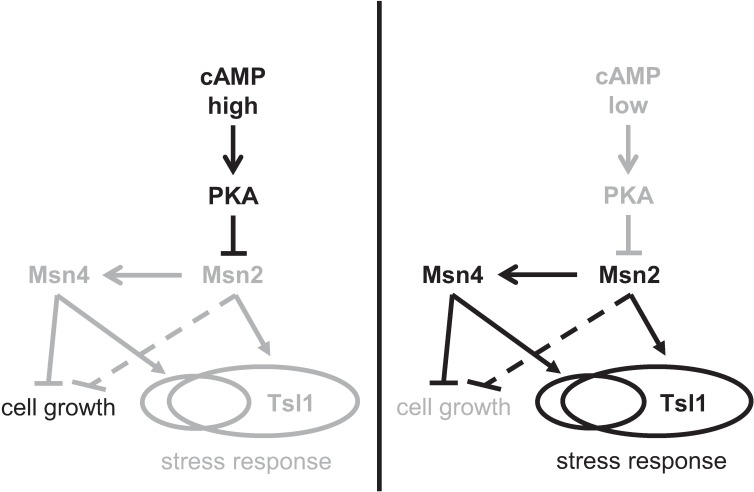Fig 10. Model of role of cAMP/PKA/Msn2/4 pathway in regulating nongenetic heterogeneity of growth rate and stress tolerance.
cAMP levels differ between isogenic cells under benign conditions. When intracellular cAMP concentration is high in a cell (left panel), PKA activity is increased, which in turn suppresses the activity of Msn2 and hence Msn4. Msn2 and Msn4 therefore do not suppress cell growth or activate their target stress-response genes, leading to a faster-growing, stress-susceptible state. Because Msn2 induces Msn4, it is possible that Msn2 does not affect growth-rate heterogeneity directly (dashed T-bar arrow) but instead acts through Msn4. When intracellular cAMP concentration is low in a cell (right panel), PKA activity is reduced, which in turn leads to higher nuclear occupancy of Msn2, leading to higher activity of Msn4 as well. Msn2 and Msn4 suppress cell growth and activate their partially overlapping sets of target stress-response genes, such as TSL1 (which solely requires Msn2), leading to a slower-growing, stress-tolerant state. Black arrows and text denote high activity or abundance, whereas grey arrows and text denote low activity or abundance.

